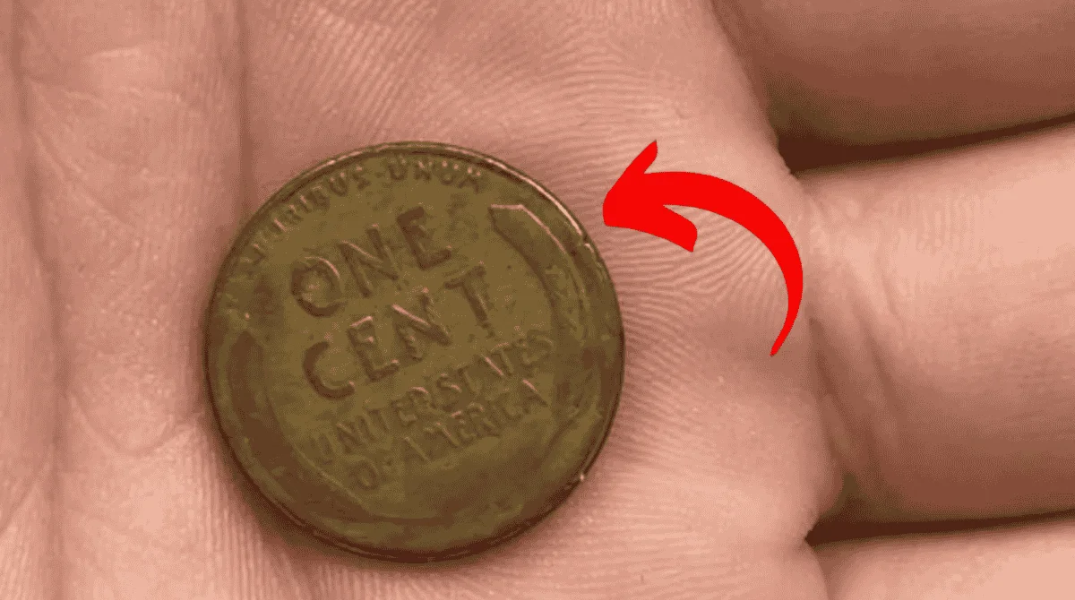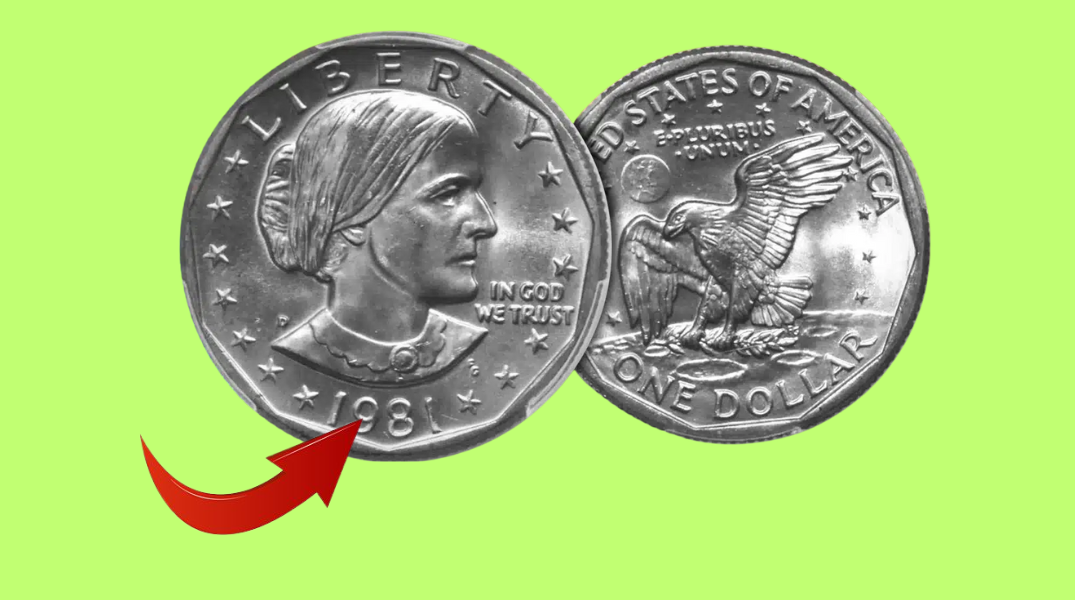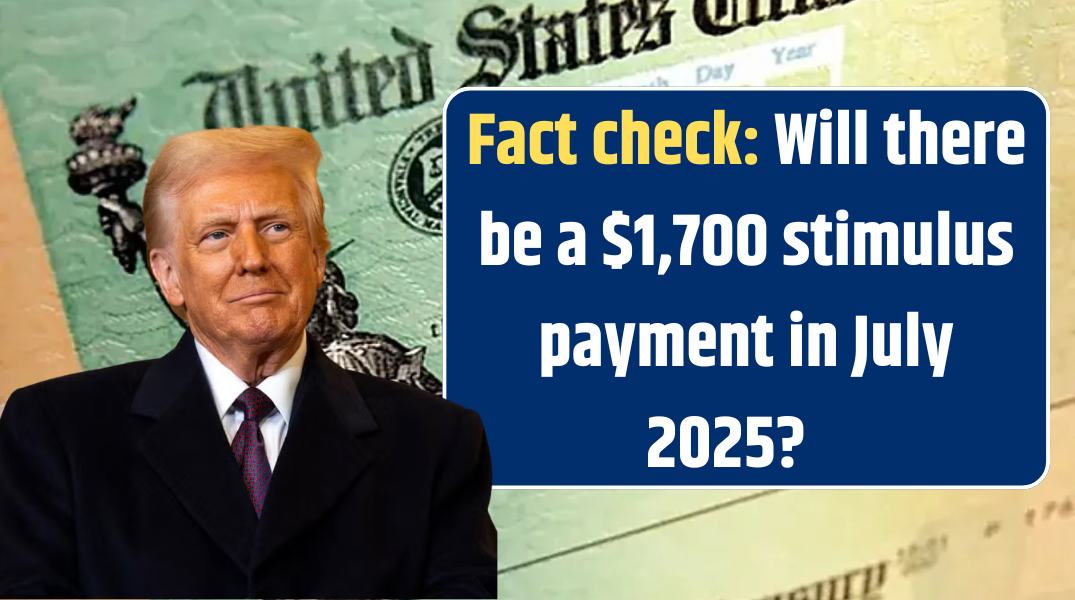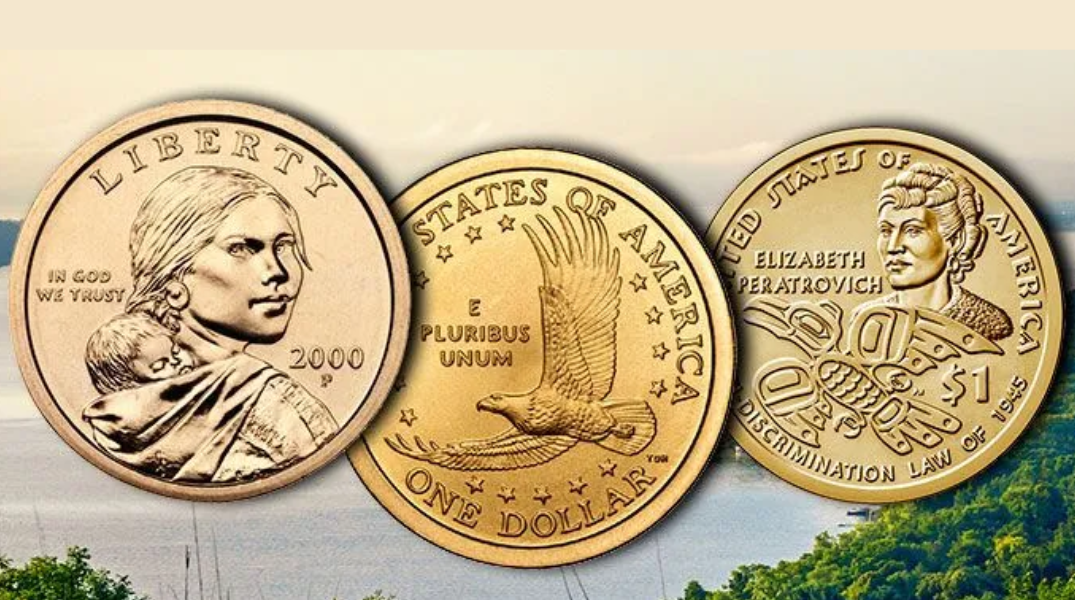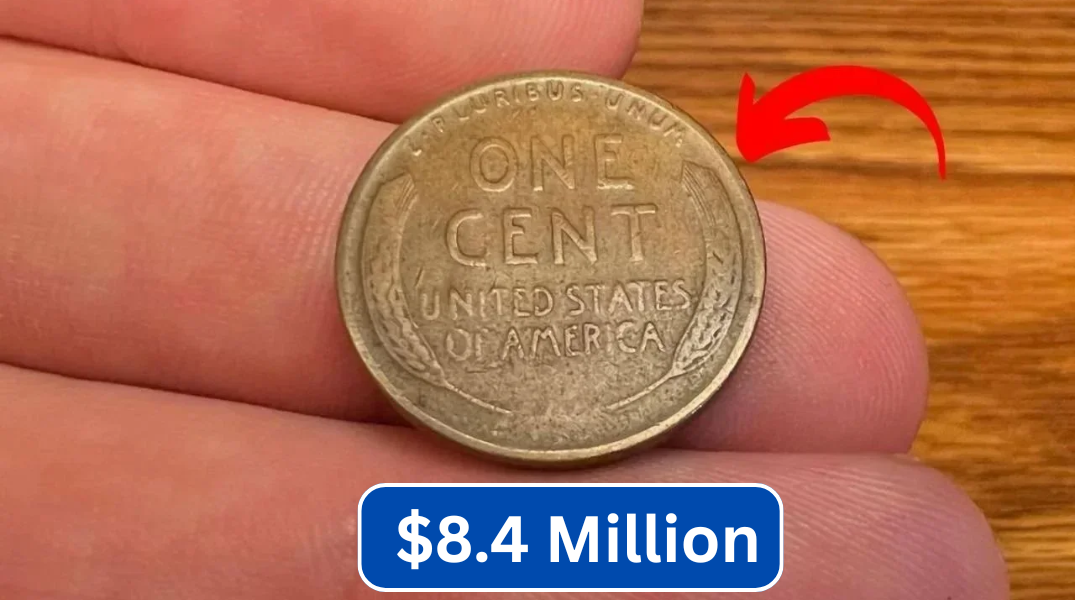The Lincoln Wheat Penny Valued at $15,000,000 – At first glance, the Lincoln Wheat Penny may seem like just another old coin rattling around in a change jar—but don’t be fooled. Some versions of this iconic U.S. coin have skyrocketed in value, with one rare specimen fetching a jaw-dropping $15 million at auction. Yes, a single penny!
In this article, we’ll uncover the story behind the Lincoln Wheat Penny, why certain versions are so valuable, and how you might still stumble upon one in everyday life. Plus, we’ll sprinkle in some fascinating facts and collector tips that just might change how you look at your spare change.
A Century-Old Legacy: The History of the Lincoln Wheat Penny
The Lincoln Wheat Penny made its debut in 1909, commemorating the 100th birthday of President Abraham Lincoln. It was the first U.S. coin to feature a real person—Lincoln’s portrait was designed by Victor David Brenner, whose initials famously appear beneath Lincoln’s shoulder on early issues.
On the reverse side? Two wheat stalks, symbolizing prosperity and giving the coin its nickname.
This design remained in circulation until 1958, when it was replaced with the Lincoln Memorial reverse. But even decades later, the Lincoln Wheat Penny remains one of the most beloved and collected coins in U.S. history.
The $15 Million Penny: What Makes It So Valuable?
The most prized Lincoln Wheat Penny was minted in 1943, during World War II. That year, the U.S. Mint switched from using copper to zinc-coated steel to conserve copper for the war effort.
But somehow, a few copper blanks were accidentally used—and the result was the 1943 copper penny, an ultra-rare minting error.
Just a handful of these copper pennies exist, making them one of the rarest and most desirable coins among collectors. One of them reportedly sold for $15 million in 2015, breaking records in the coin-collecting world.
👉 Fun Fact: Even steel 1943 pennies can look like copper due to oxidation or cleaning—but don’t be fooled! Use a magnet: if it sticks, it’s steel (and not a jackpot).
How Are Wheat Pennies Still in Circulation?
Even though production ended in 1958, Lincoln Wheat Pennies are still legal tender and occasionally show up in circulation. You might spot one in a roll of coins from the bank, or hidden in an old piggy bank.
While most are only worth one cent, others—especially from rare years or with minting errors—can be worth hundreds to thousands.
Also Read – The $5.4 Million Lincoln Wheat Penny: A Hidden Treasure Still in Circulation
Condition Is Key: Why Your Penny’s Appearance Matters
Collectors pay close attention to a coin’s grade, which refers to its condition. A Wheat Penny in mint or uncirculated condition is far more valuable than one that’s been battered in someone’s pocket for decades.
Other features that boost value include:
-
Mint marks (D for Denver, S for San Francisco)
-
Double-die errors
-
Off-center strikes
-
Historical backstories
👉 Interesting Detail: A 1955 Lincoln Wheat Penny with a double-die error—where the date and letters appear doubled—can sell for over $1,000, even in average condition.
Could You Be Sitting on a Hidden Fortune?
Believe it or not, millions of Americans have Wheat Pennies tucked away in drawers, jars, or family heirloom boxes. If you’re lucky, yours might be among the rare few worth far more than face value.
If you’re curious about your coin, don’t just toss it back into circulation. Get it professionally appraised or checked by a reputable coin dealer.
Fun Twist: Penny Hunting as a Hobby
“Penny hunting” is a real pastime. Coin enthusiasts regularly buy bank rolls of pennies, searching through them for rare Wheat Pennies or minting errors. It’s like treasure hunting—except with spare change.
Some even use metal detectors in historic areas to find old coins underground!
FAQs: Everything You Need to Know About Lincoln Wheat Pennies
Q: What years should I look for in Wheat Pennies?
A: Key dates include 1909-S VDB, 1914-D, 1922 no D, 1931-S, and of course, 1943 copper. These are some of the most valuable Wheat Pennies.
Q: How do I know if my 1943 penny is copper?
A: Use a magnet. A steel penny will stick; a copper one won’t. You can also weigh it—copper pennies are heavier than steel ones.
Q: Where can I sell a valuable penny?
A: Try certified coin dealers, online auctions (like Heritage Auctions or eBay), or attend coin shows where appraisers are present.
Q: Are all Wheat Pennies valuable?
A: Most aren’t—many are only worth a few cents. But those in exceptional condition or from rare mint years can be worth significantly more.
Also Read – The Lincoln Wheat Penny Valued at $450,000, Still in Circulation
Q: Can cleaning my coin increase its value?
A: No! Cleaning a coin can actually reduce its value. Collectors prefer original, unaltered coins—even if they’re a little dirty.
Final Thoughts
The Lincoln Wheat Penny is more than just a coin—it’s a piece of history, a collector’s item, and potentially, a ticket to an unexpected windfall. While not every penny is worth millions, the thrill of discovery keeps collectors digging through spare change in hopes of finding a rare gem.
So the next time you get a penny in your change, take a closer look. That little coin could be hiding a big secret.
